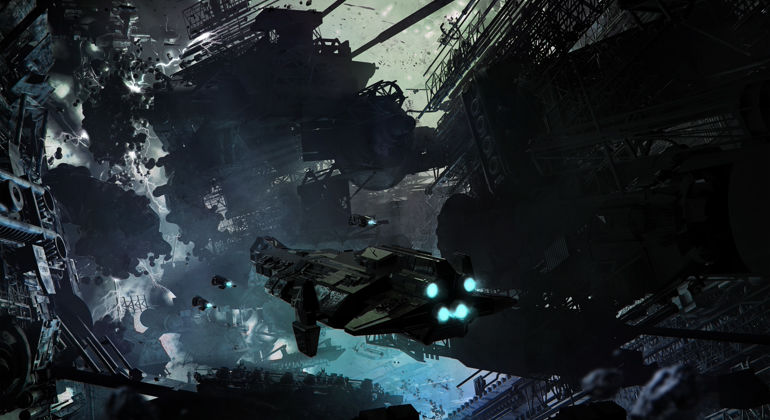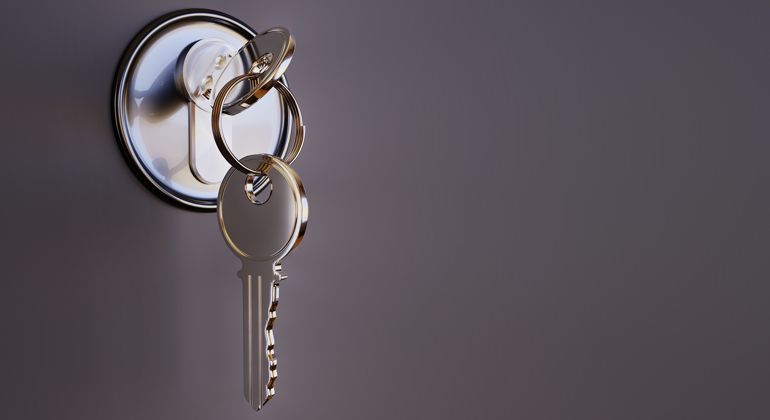Adding free images to your blog using Creative Commons
We have all been there many times - your blogpost is ready to go, you have the kind of image you would like to use as an illustration and you turn to Google to find a suitable picture. However, more often than not, the images you find are almost always subject to restrictive copyright terms. What can you do? Luckily, we have Creative Commons, that has been created for cases exactly like this.
What is Creative Commons exactly?
Creative Commons is a not-for-profit organization. Anybody who decides to become a part of their licencing agreements, e.g.: photographers and visual artists, can properly label their content for reuse by others. There are six different creative licenses artists can use, each one permitting a different level of sharing and reuse by the end user - for example the above mentioned blogger, who is eager to find a suitable illustration for their content. The levels and their meanings are as follows:
1. Attribution - this one offers the most opportunity for sharing and republishing. Under this license, you are allowed to redistribute, modify, and build upon the original work as long as you attribute the work to the image's original author. However, also make sure that you avoid the misunderstanding that the author has endorsed you in any way by allowing you to use their work.
2. ShareAlike - when employing this licence, you can redistribute, modify, and build upon the original media as long as you attribute it to the original author and publish it under the same license. The image must not be placed under any different or more restrictive terms for reuse than those set by the original author.
3. NoDerivs - NoDerivs is a short version of "No Derivative Works." Under this CC license, only exact copies of the work may be used and shared, but no derivative or altered versions of the work, meaning there is no modifying, remixing or building upon the original image.
4. NonCommercial - this license allows you to modify and build upon the original media, but it cannot be redistributed for commercial purposes. If you are a business blogger, you'll need to be careful with this one: although blogs by themselves are not a revenue stream, they can generate customers for a revenue-generating business. Therefore, it is best to avoid pictures with this license when you are publishing to a company blog.
5. NonCommercial-ShareALike - a hybrid licence that combines the features of NonCommercial and ShareAlike. You may redistribute, modify, and build on the original material as long as it's not for a commercial purpose. You'll also need to attribute the media to the original author, and you republish the image under the same NonCommercial-ShareAlike license as the original.
6. NonCommercial-NoDerivs - it is the most restrictive license an artist can use on their work under Creative Commons. You're not allowed to modify, remix, or build on the original media, nor publish it for commercial purposes. If you're publishing a NonCommercial-NoDerivs media to a personal website, you're required to display it exactly as you found it and attribute it its original author.
Bearing in mind the above, always check the terms of the work you are planning to use just to be certain that you're complying with the specific wishes of the author.
How to provide a Creative Commons attribution?
After you find the image that you need to use, look up the license under which it was published. You can provide credits for the author usually in the following ways:
- "Image by [name of author]." - if you haven't modified the image, this is pretty much all you need to do.
- "This image was modified from [origin of image] by [name of author]." - if you did more than just put the media on your page, this is the simplest way of giving props to the author.
And, finally, don't forget to link back to the origin of the image - the best way to do this is to provide the page that you yourself downloaded the image from.
So, where do I find such images?
We're glad you asked. Here it is. This super-useful database allows you to set the platform in which you want to conduct an image search and automatically filter by Creative Common license.














